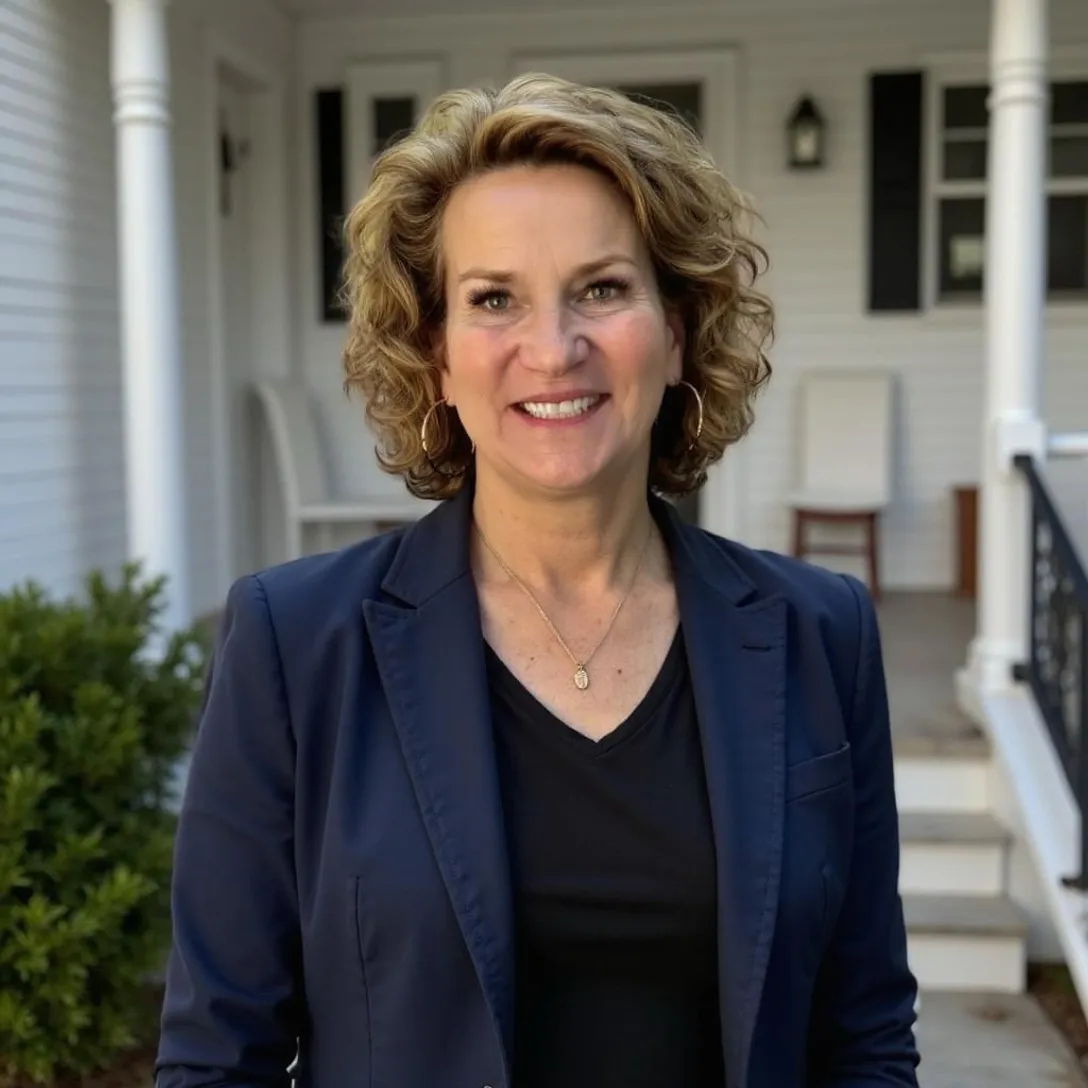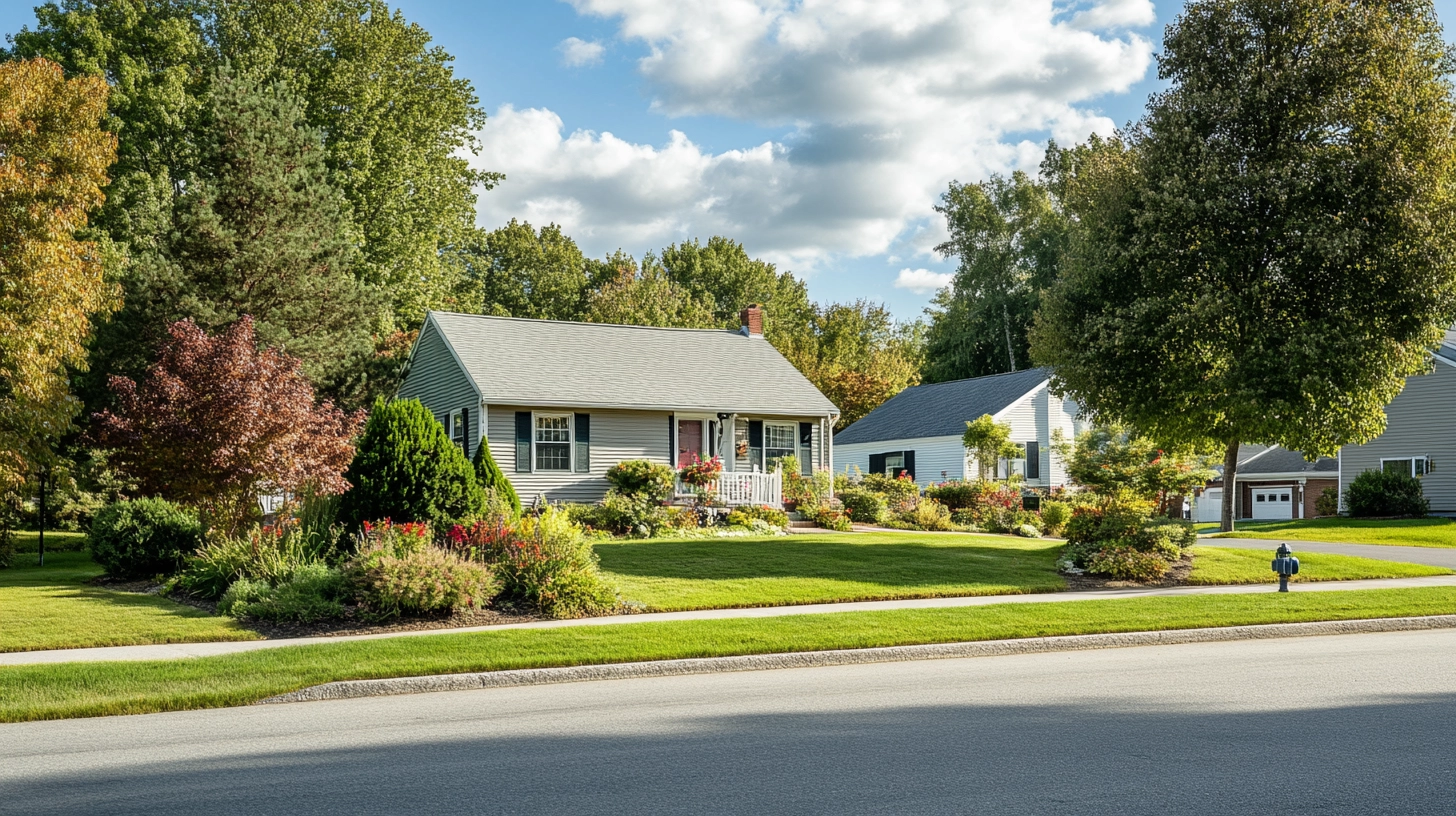Twelve months ago you snagged the keys, popped the champagne, and swore you’d stay put “for a while.” Now Zillow alerts keep whispering your place might fetch way more than you paid. Tempting, right? But move too fast and you risk handing your hard-earned equity to the tax man—or worse, walking away with nothing after paying off the mortgage, commissions, and closing fees.
Let’s slice through the noise and get real about timing the sale of a Bedford, NH home. You’ll walk away knowing:
- The sweet-spot ownership window most locals follow
- What happens if you bail after two years versus seven
- How Bedford’s 55-day list-to-close pace changes the math
- Simple checkpoints to decide if it’s “go time” or “stick it out”
Ready? Coffee in hand? Cool, let’s dive in.
Bedford, NH in a Quick Snapshot
You already know Bedford isn’t your average New England suburb. Minutes to Manchester, an hour to Boston, ski slopes up the road, and yet squirrels still outnumber people. The town’s draw boils down to three things:
- Top-tier schools that nudge property values up a notch.
- A commuter-friendly location without the big-city price tag.
- A housing mix that runs from 1960s colonials to brand-new luxury builds, giving buyers options—and sellers leverage.
Translation: demand stays strong even when national headlines scream “slowdown.” That matters when we talk ownership timelines.
The Classic Rule: 5-to-7 Years (and Why It Still Works)
Old-school agents love the 5-to-7-year mantra. Stay that long, they say, and you’ll:
- Pay down a chunk of principal
- Let appreciation outrun selling costs
- Dodge most short-term capital-gains taxes
Does it still check out in Bedford? Short answer: yes, though the math has shifted.
Average annual appreciation here hovered around 5–6% between 2013 and 2023—about a point higher than the national number. On a $550K home (roughly Bedford’s median), that’s $27K-ish in value each year. Multiply by six years and you’re staring at ~$160K in potential gain. After agent commissions (plan on 5%–6%), closing costs, and whatever you spend on sprucing up, you’re still ahead of the game.
Sell at year two? Appreciation barely offsets your transaction costs. Sell after year one? You’re likely tapping savings to cover the gap.
But Can’t I Flip in Bedford? (A Cautionary Tale)
Some folks eye the 55-day list-to-close stat and think, “Perfect flip market!” Not so fast. Quick resale works only if three boxes get checked:
- You bought below market (estate sale, off-market deal, distressed property).
- Your reno budget stayed under control (spoiler: it rarely does).
- You’re willing to live with higher short-term capital-gains taxes—up to 37% if you owned less than a year.
Miss even one box and your “easy” profit evaporates. That’s why most Bedford homeowners still aim for that 5-to-7-year horizon.
Three Ownership Milestones You Need to Know
- Two Years Living There
Hit the 24-month mark (out of the past five years) and the IRS lets you shield up to $250K in profit from capital-gains tax—$500K if you’re married filing jointly. Powerful stuff.
- Five Years of Payments
By year five, a standard 30-year mortgage starts pruning away more principal than interest each month. Translation: you build equity faster.
- Seven Years in a Rising Market
Appreciation compounds, big-ticket repairs (roof, HVAC) usually aren’t due yet, and you’ve wiped out enough loan balance that selling feels like cashing a giant check rather than breaking even.
Keep those milestones front-and-center when the “should we sell?” talks fire up.
Bedford’s 55-Day Pace: Why It Matters
Realtor.com clocks Bedford’s average home at 55 days from listing to closing. Faster than the U.S. average by roughly two weeks. So what?
- You’ll carry two mortgages for a shorter window if you’re buying elsewhere.
- Market feedback on price is brutal—and quick. Overprice, and buyers ghost you in the first three weeks.
- You can time a school-year move more precisely (list in March, close before summer break).
Because the market moves fast, tiny timing mistakes amplify quickly. List in late November? Crickets until January. List mid-April? You might field multiple offers by breakfast.
Breaking Down Ownership Periods
Sold Under 3 Years
Pros
- You can pivot fast if life changes (job relocation, divorce, whatever).
- In an extreme seller’s market, you might still profit.
Cons
- Capital-gains hit if under two years.
- Closing costs + commissions likely chew up appreciation.
- PMI (if you put <20% down) hasn’t had enough time to drop off, so loan payoff eats more proceeds.
Reality Check
Unless you scored a crazy-good deal, selling before year three usually feels like paying to move.
Sold Between 3 and 7 Years
Pros
- IRS exclusion kicks in after year two.
- Equity build + appreciation often surpass 10% of purchase price by year five.
- Market upgrades (new kitchen, finished basement) still look fresh, maximizing sale price.
Cons
- You might hit the first wave of maintenance costs—think water heater, exterior paint.
- If interest rates spiked since you bought, some buyers’ budgets shrink, pressuring price.
Reality Check
This is Bedford’s sweet spot. Most homeowners cash out here with enough gain to fund the next down payment and still pocket money for life goals.
Sold After 7 Years
Pros
- Captured full market cycles—rarely lose money.
- More principal paid down = bigger check at closing.
- Repairs and improvements already folded into value.
Cons
- Big-ticket systems may age out (roof, furnace), scaring buyers or forcing credits.
- Style trends shift—2000s cherry cabinets, anyone?—so staging costs edge higher.
Reality Check
You’re sitting on comfortable equity, just budget for refreshing dated finishes.
External Forces That Nudge Your Timeline
Sure, personal life events stare you down, but macro factors matter too.
- Interest Rates
When rates jump a full percentage point, Bedford’s average buyer loses around $50K in purchasing power. If you own a mid-range home and rates soar, buyer pool shrinks. Wait it out or adjust price—those are your options.
- Inventory Levels
Bedford toggles between 1- and 2-month supply. Anything under 4 months favors sellers. If supply creeps up, expect longer days on market and leaner offers.
- Seasonality
Spring listings (March–May) still rule. Homes fetch roughly 3% more versus winter, and they close faster. Summer is runner-up. Fall? Hit or miss. Winter? Only list if you must.
- Local Job Growth
Bedford feeds off Manchester’s healthcare and tech sectors plus Boston commuters. A major employer expansion—or contraction—can swing demand in a single quarter.
The Break-Even Math (Kept Simple)
- Dig up your remaining loan balance.
- Add estimated closing costs (6% commissions + 1% misc fees).
- Compare to a conservative market value (look at the latest Bedford comps; knock off 2-3% to stay safe).
- If #3 minus #2 minus #1 is negative, hold tight. If it’s positive and beats your next housing goal, green light.
Example
- Loan balance: $360,000
- Likely sale price: $515,000
- Costs: $31,000
- Profit = $124,000. Nice cushion for your next chapter.
Quick Self-Check: Should You List Now?
Grab a pen and fire through these yes/no prompts:
- Have you owned at least two years?
- Will selling net enough to cover the next 20% down plus moving costs?
- Has life forced the move (new baby, empty nest, job) or is it pure curiosity?
- Can you handle back-to-back closings without crashing on Aunt Linda’s couch?
- Are interest rates on an upward tear (making buyers jumpy) or drifting lower?
Score 4–5 “yes” answers? You’re probably sale-ready. Fewer than three? Maybe keep the ‘For Sale’ sign in the garage a bit longer.
Tiny Tweaks That Let You Sell Sooner
Hankering to cash out before the five-year mark? A few levers buy you wiggle room:
- Extra Mortgage Payments
Toss one additional payment toward principal each quarter. Shaves thousands in interest, hikes equity faster.
- Smart Cosmetic Upgrades
Paint, lighting, and hardware cost little but photograph like a million bucks. Bedford buyers are picky; fresh photos push up offers.
- Rent-Back Agreements
Need to close quickly yet stay put until school ends? Negotiate a seller rent-back. Buyers in tight inventory markets often play along.
When Holding Beats Selling (Yes, Really)
Every homeowner hits that restless phase. But sometimes the math, the market, or the mission tells you to chill:
- You locked a 2.75% mortgage in 2021. Switching to today’s 6-plus percent loan wipes out selling upside.
- Rental demand in Bedford is hot, and converting to a cash-flowing property nets more long-term wealth than an immediate sale.
- Your kids are two years from graduating Bedford High. Moving districts now? Major upheaval.
In cases like these, refinancing to pull equity or snagging a HELOC for projects can deliver the “fresh start” vibe without moving vans.
So…How Long Should You Own a Home Before Selling Bedford?
Most local owners hit peak benefit between years five and seven. You skirt capital-gains taxes, harvest solid appreciation, and move on before major systems age out. Can you sell sooner? Absolutely—just double-check break-even numbers and life priorities. Hold longer? Also fine, provided you plan for maintenance and styling updates.
The magic isn’t a rigid calendar date; it’s understanding Bedford’s quirks, your equity position, and where life’s taking you next.
Ready to Talk Strategy?
If you’re leaning toward “let’s list,” or simply want a no-pressure equity check-up, reach out. I’ll run the comps, crunch the break-even, and map out a timeline that fits your next chapter—whether that’s right now or two years down the road.
Because owning a house should feel like freedom, not a guessing game.













